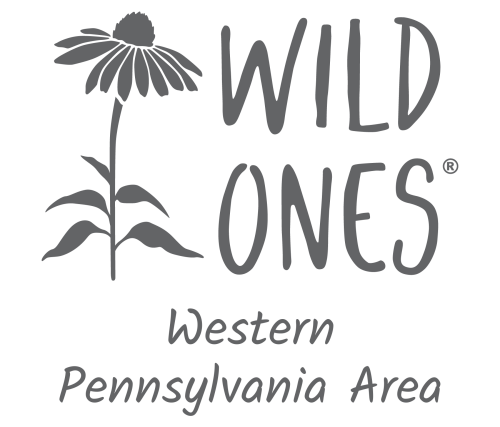How much does a natural landscape cost?
If you took advantage of Wild Ones plant rescues, seed gatherings and exchanges, you could conceivably landscape at no expense. Most natural landscapers, however, choose to buy seed and plants from native plant nurseries. A prairie seed mix made to cover 1,000 square feet might cost $50 to $100. Potted perennials may run about $5 when purchased individually. Bareroot shrubs and trees can cost as little as $1 or $2 apiece, especially when purchased in bulk as some chapters do. Larger shrubs and trees cost as much as the cultivars you see at conventional garden centers.
To create a new landscape requires some investment of money and effort, but once established, a native landscape requires no fertilizer, no irrigation, and overall maintenance time is reduced.

How long will it take to change my yard into a natural landscape?
To be accurate, a true restoration probably cannot be viewed within a landscaper’s lifetime because it can take centuries to amass the kind of density and diversity exhibited in preserved natural areas (all the more reason to preserve them). But take heart—a prairie garden started from seed will look pretty in three years. Bareroot shrubs, no larger than a soda straw, can leap to shrub size in two or three years. Wetland plants are very speedy growers. Time will pass anyway, so go ahead and plant an acorn.
How much maintenance will I have to do?
You may need to water young plants or, during drought, a few favored plants, but ultimately your landscape should be able to be weaned of supplemental watering. The amount of weeding you will have to do depends on the concentration of invasive species in your neighborhood. You will probably always have to be mindful of certain aggressive invaders.
If your landscape would benefit from a prescribed burn and it is permitted in your locale, you can incorporate this into your management plan, although it isn’t absolutely necessary. Your maintenance will depend greatly on where you live and which plants you’re growing. In any case, the effort should be less than that for a lawn or other conventional landscapes.
